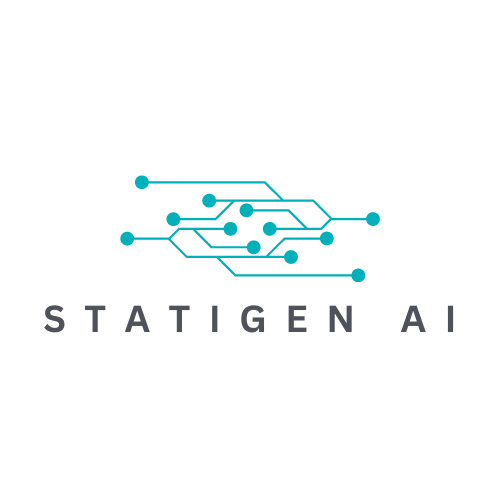Hardware for Edge AI: A Guide to Intelligent Edge Systems
Artificial Intelligence (AI) is increasingly shaping industries from healthcare to manufacturing. However, as AI models grow more complex, traditional cloud infrastructures often lag in delivering real-time insights. That's where edge computing comes in, offering on-site data processing and decision-making. This blog aims to guide you through the unique challenges and solutions in designing hardware for edge AI applications.
Challenges in Hardware Design for Edge AI
AI has transformed from a theoretical concept into a technology affecting various industries. But as models get more intricate, cloud-based systems fall short in offering real-time insights. Edge computing eliminates latency, enabling immediate decision-making for applications like autonomous vehicles and real-time medical diagnostics. This is a leap in data processing and decision-making.
Designing hardware for edge AI presents a unique set of challenges, each with its own set of complexities:
Computational Power: Advanced AI models need powerful processors and GPUs. Hardware accelerators like TPUs and FPGAs may also be relevant.
Energy Efficiency: Power constraints require balancing computational load with energy use, often using techniques like DVFS.
Latency: Real-time applications require high-speed data processing and low-latency communication, possibly aided by RTOS.
Scalability: Hardware should be vertically and horizontally scalable. Modular designs allow easier future upgrades.
Data Flow and Storage: Efficient data pipelines are essential, possibly incorporating high-speed storage solutions like NVMe drives.
Security: Features like TPMs or HSMs add a layer of hardware-level security.
Form Factor: Consider the deployment environment, including the need for ruggedized designs.
Cost: Budget may necessitate open-source or custom cost-effective solutions.
Understanding these challenges requires a multi-disciplinary approach combining expertise in AI algorithms, hardware design, and systems engineering—a domain where Statigen shines.
Popular Hardware Solutions for Edge AI
In deploying edge AI solutions, choosing the right hardware is critical. Gain insights from Statigen's hands-on experience with various popular hardware platforms.
Hardware Software Co-Design
When it comes to edge AI, the hardware is only as effective as the software running on it. At Statigen, we emphasize the importance of hardware-software co-design, an integrated approach where both elements are designed in tandem to optimize performance and functionality. This seamless integration ensures that our AI algorithms are not only state-of-the-art but also precisely tailored to exploit the full capabilities of the edge devices they're deployed on. The result? Optimal performance, lower operational costs, and quicker time-to-market.
In a forthcoming blog post, we will dive deeper into how we build AI models that are fine-tuned to take full advantage of edge hardware, further optimizing computational efficiency and response times.
Future Trends
As technology continues to advance, so do the capabilities and applications of edge AI. Here are some future trends that could significantly impact the realm of edge computing:
Quantum Computing: The integration of quantum bits (qubits) into edge devices could revolutionize computational speeds, making real-time complex calculations feasible.
5G Networks: The adoption of 5G will enable faster data transfer and lower latency, enhancing the performance of edge AI systems.
AI Chipsets: Specialized AI chipsets designed for edge computing are on the horizon, promising higher efficiency and lower energy consumption.
Edge-to-Cloud: Seamless integration between edge devices and cloud systems will offer a hybrid approach, combining the best of both worlds.
Autonomous Systems: With improvements in edge computing, fully autonomous systems in industries like transportation and healthcare are becoming increasingly plausible.
Conclusion
Understanding the nuances of hardware design for edge AI is no small feat. It requires a multi-disciplinary approach that combines expertise in AI algorithms, hardware engineering, and systems architecture. The journey from conceptualization to deployment is fraught with challenges but also presents exciting opportunities for innovation. As edge computing continues to evolve, staying abreast of the latest trends and understanding the associated challenges are crucial. This is a niche where Statigen excels, offering cutting-edge solutions that are not only technologically advanced but also practical and reliable for real-world applications.


